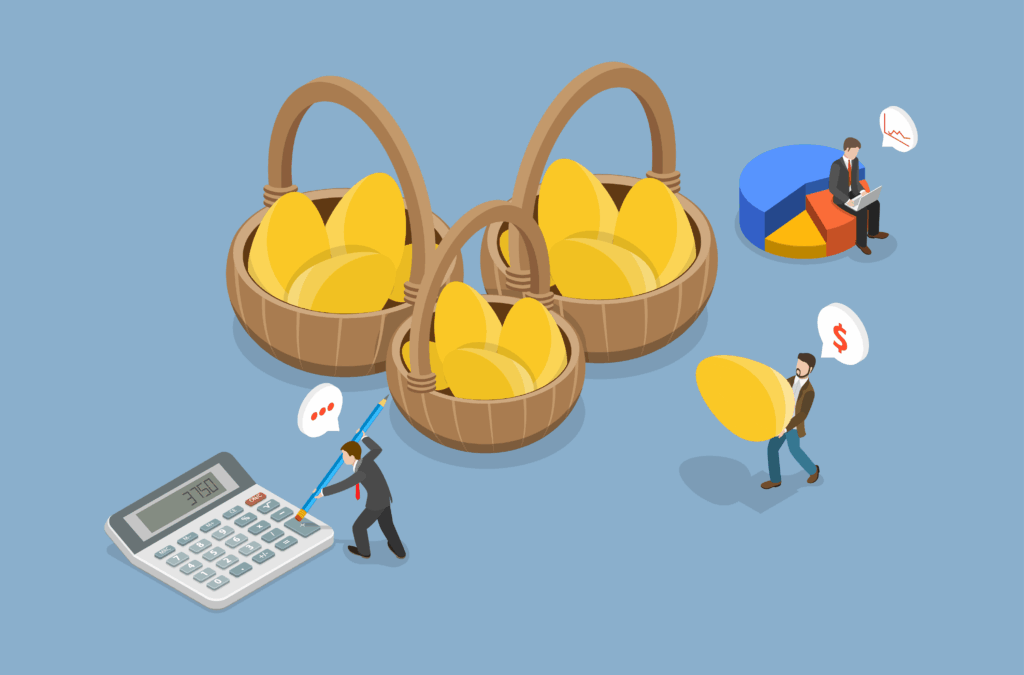

Picture this: you hold the same position as your colleague down the hall. The work is the same, the travel is the same, the goals and objectives are the same. The only difference? You get paid four times less than he does.
You’d…question things, right?
If you were anywhere on Planet Earth this summer, you know that the U.S. Women’s National Soccer Team won the World Cup. You’ve also undoubtedly heard about the team’s pay equity lawsuit filed against the U.S. Soccer Federation.
You may not care for soccer or sports in general, but if these numbers don’t make you scratch your head or cover your mouth in embarrassment, there’s something wrong with you. You see, the U.S. Men’s National Team players annually earn $1.1 million each. This is a team that has never reached a World Cup final or won an Olympic medal. Their female counterparts—who also won the World Cup in 2015, 1999 and 1991 (marking four U.S. titles in eight total World Cup tournaments), have won four Olympic gold medals, play more games per season, and have reportedly generated more revenue in ticket sales—earn about $250,000 each. To make matters worse, according to SB Nation, the men’s team was paid a cumulative bonus of $5.4 million for making it to the top 16 in the 2014 World Cup. In contrast, the USWNT actually won its World Cup in 2015 and received a cumulative bonus of $1.7 million.
The pay disparity between our men’s and women’s national soccer teams is just one example of the wage gap reality we’re facing today, and it’s not OK.
I don’t want to argue about the two teams’ specific contract structures. They’re different, I know that. Many reports indicate that the details around revenue generation aren’t clear and it’s hard to know how much money the women bring in versus the men. Fine. But it’s the principle of the whole thing—the women’s team has had to walk on water to even come close to getting what the men get just for showing up and that flies in the face of everything fair and positive we’re trying to practice in our own organizations.
We’re all working hard to be inclusive, encouraging and creating great places to work. But when we really look hard at what we’re seeing in our own industry, it occurred to me that it’s a wonder anyone is listening to our own BS.
How do we as a society look our daughters or business colleagues in the eyes and say that we support pay equity and diversity and inclusion when the numbers remain skewed all around us and it’s an uphill battle for a lot of people we work with and care about?
An April analysis done by The Insurance Insider revealed that, while the insurance industry has reduced its average median gender pay gap over the last year, it still lags behind the national average and the financial services sector as a whole. Among brokers, according to the analysis, the average median hourly pay gap was nearly 30%.
Our role and obligation as leaders is to step up in good times and in challenging times. This is one of those challenging times.
“It resonates for so many of us—women especially—to work your heart out and be so good at what you do and still not get the pay or recognition you deserve,” said Sabrina Stevens, senior manager of campaign and digital strategies at the National Women’s Law Center in Washington. “We’re rooting for them because we’re rooting for ourselves.”
The first commercial that ran after the U.S. women won the World Cup was a Nike ad that ended: Victory is when we all win.
I couldn’t have said it better myself.




